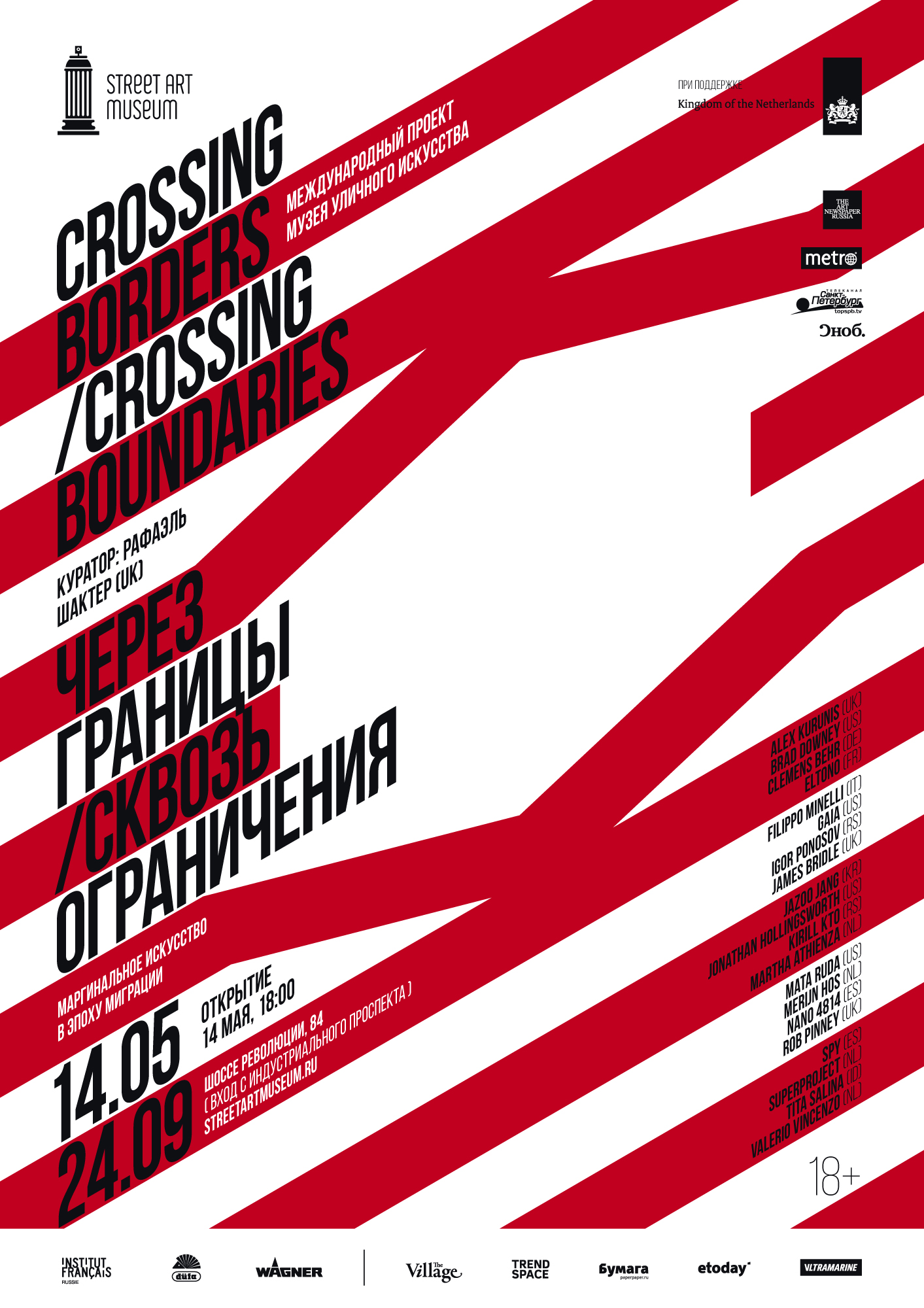BRAD DOWNEY & IGOR PONOSOV (US/RS)
Double Yippie Hollow Super Power
2016. Slides, DIA projector, flags, photographs, socks, coins, drawings in collaboration with Clemens Behr, SPY, Paco, and Fillipo Minelli, computer guts, digital prints, plastic, wood, plexi-glass, mounting hardware, sound installation, radio, headphones, cables, paint, chess set, soviet fabric, and industrial spools.
Double Yippie Hollow Super Power is a joint project between artists Brad Downey from the USA and Igor Ponosov from Russia. Taking inspiration from the parlor game “cadavre exquis” or “exquisite corpse” (a method by which a collection of words or images is collaboratively assembled), the pair have sought to combine the varying national symbols of their home nations into a new, exquisite set of iconic forms. The “unity of the opposites” that they have created – utilizing objects such as flags, coins, and anthems – plays with the sacrality of these national symbols, the almost divine status that they contain. Moreover, it alludes to the strangely intimate relationship that the two countries are entwined in. Whilst apparent opposites, common enemies, both locations create their identity through their connection with the other: the objects Downey and Ponosov have thus created contain both a critical and playful edge. They ridicule the stereotypes of both themselves and each other in the same moment.
